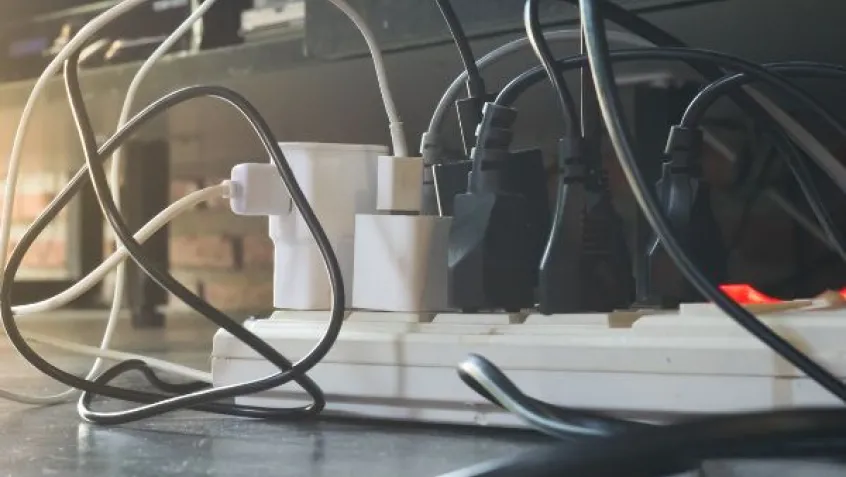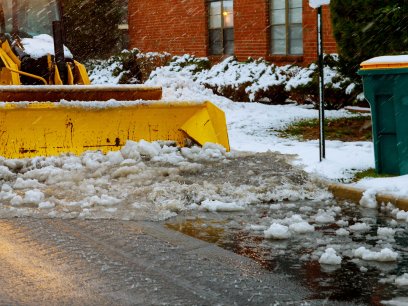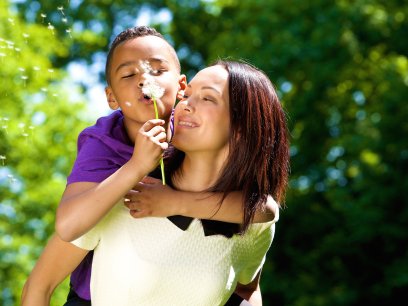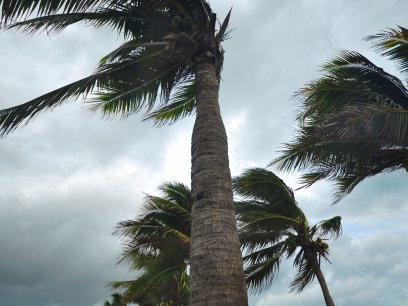
While energy can be a complicated topic, kids need to understand the concept of energy, how it works, and the role it plays in the world around them. Tap into the wonderful learning opportunity provided by National Energy Awareness Month in October to help foster a strong connection between students and energy.
Learn the basics
Students first need to understand what energy is before they can dig deep into how to conserve it. Since energy is such an abstract concept, students might struggle with explaining what it is. Help them out by describing how energy provides the power to make something work. Give concrete examples they’re familiar with, such as light bulbs, refrigerators, and TVs. Then, talk about the different forms of energy, including light, heat, electrical, and motion. Need help solidifying the concept? Let students play some online games to grasp the complexities of energy in a kid-friendly way.
Do hands-on experiments
Get tactile with students by conducting some fun, hands-on science experiments. Most require little more than everyday household items. Check out these terrific energy experiments (categorized by grade level) from the Energy Kids website. Students can play with static electricity, build a simple solar oven, and convert thermal energy into motion.
Get creative
Younger students might make the energy connection a little easier if they spend time coloring illustrations that visually explain complex concepts like biomass energy and solar power. Older students can tap into their artistic skills to illustrate different energy forms, such as people burning wood in a fireplace to depict chemical energy.
Curl up with a book
Sometimes a good book just brings a concept to life. Talk with your school librarian about grade-appropriate books that teach students about different forms of energy. For example, generations of younger students have enjoyed many of The Magic School Bus titles—a fantastic, science-focused series for elementary students. Older students might enjoy reading The Boy Who Harnessed the Wind, which spun-off a Netflix movie telling the true story of how one young inventor brought electricity to his village.
Show how to conserve energy
Talk about ways students can conserve energy at school and at home. Walk around the classroom with your kids and ask them to identify any energy vampires (equipment that is plugged in and drawing energy but not being used). Assign the role of daily “light monitor” to one of your students, whose job it is to turn off the classroom lights whenever all the students leave (i.e., for recess, lunch, assembly, etc.). Have them conduct an energy audit to find out how much energy your electronics draw when they’re not in use.
Providing this timely energy education can help students appreciate the importance of energy in their lives, help them be mindful of the need for energy conservation, and give them ideas on how to use it wisely.


